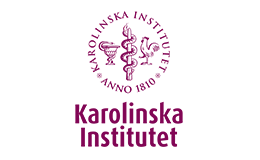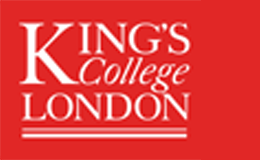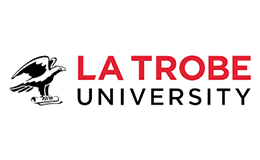How to apply for PhD in abroad - 10 Easy Steps
PhD Abroad Process

PH.D. ABROAD PROCEDURE
1. Choosing the subject:-
The first step of getting a Ph.D. is choosing the specialization in which you want to pursue your Ph.D. You should be very firm on the subject you want to specialize in, so it is important to take some time and analyze your interests efficiently. The major you are choosing has to have strong reasons and academic proofs. However, it is not mandatory to pursue a Ph.D. in the same subject as masters, but most of the students choose the same subject in which they have a bachelor’s or master’s degree.
2. Selecting Universities:-
Once you have chosen the subject, search for universities that offer a Ph.D. in those subjects. The process of choosing the subject and universities may go hand in hand for some students, as they might choose the subject based on what the university has to offer. But, make sure you love that subject and are passionate about researching it for the next 6-8 years. Abroad universities cover almost all majors with many scholarship options. Choosing the university is a crucial factor so you can make your choices based on the availability of your chosen subject, Ph.D. holders in similar subjects from the university, faculty, and their areas of expertise, etc. You can take the help of our counselor here.
- Assistantship/fellowship: - Many foreign universities offer employment with the university in the form of research assistantship and graduate teaching assistantships with selective responsibilities in exchange for a stipend. Hence, while searching for universities related to your program you can also search for these assistantships as a fee waiver option or financial support.
3. Checking eligibility:-
Different universities abroad have different criteria for Ph.D. courses. Some universities accept students without a master's degree too, where some universities don’t have such criteria. For example, universities in the USA do not have strict criteria for having a master’s degree for students and some universities even offer a combined master’s and Ph.D. program. So the basic eligibility required for a Ph.D. is that the candidate must have completed 16 years of education, with 4 years of graduation or diploma after 10+2. Also, having a master’s degree is considered to be a basic norm or eligibility by many abroad universities.
4. Searching and Choosing a mentor:-
This is one of the most important parts of the application process for a Ph.D. Research for a supervisor who would be interested in your subject. Research about the person’s track
record, department, thesis projects, etc. and then approach him/her. Also, keep in mind that this supervisor would be with you throughout the writing process, it suggested to approach accordingly. The best way to approach is by writing a formal email to the supervisor with references about your work, subject, thesis, and some information about you. A supervisor usually has 5 to 10 students per semester, so it is better you do this as soon as you select your universities.
5. Exams Required:-
Students need to take the standardized test, as in the case of a master’s degree. Standardized tests include:-
- GRE
- Subject GRE (Requirement of some universities to test your knowledge in a particular academic area/subject)
- GMAT (Management courses)
- LSAT (Doctor of Laws -JD programs)
- MCAT (Doctor of medicine- MD programs)
- DAT (Dental programs)
Language test:-
- TOEFL
- IELTS
A good score in the above test will reflect your academic capability for the doctorate program and might land you some scholarship options as well. Students who have previously given such tests should provide evidence or valid scorecards of the tests which might be accepted by the university.
6. Personal Statements/ Writing samples:-
Personal Statements should present cases and scenarios defining your suitability for the particular program/subject you have chosen. Also, try to mention your extra-curricular achievements to prove that you are an all-round candidate for the doctorate program. Some applications in programs may ask you for written samples which are essays on specific topics related to the chosen program, later discussed in your interview. Some universities may also ask for a Research proposal/statement depending on the program you choose.
7. Statement of Purpose (SOP):-
SOP is a significant factor for applying for a Ph.D. because other than the academic strengths, the admission committee of the department also focuses on interpersonal skills
and interests. So while writing an SOP, be clear with why you are choosing the subject, future goals related to that, and enough convincing about your commitment towards the Ph.D. program.
8. Letters of Recommendation(LOR):-
LORs for Ph.D.s are a little different than for bachelors and masters. These LORs must be written by the student’s professor or expert referees. Some strong points about student’s potential and enthusiastic recommendation about student’s work capabilities should be included in the LORs. Generally, universities require 2-3 recommendations from the students to apply for Ph.D.
9. Application material:-
After all the hardships, make sure you are up to date with all the documentation. The following is a general compilation of the documents or application material required while applying for a Ph.D. degree:-
- Online application form
- Academic transcripts(includes all the qualification proofs along with mark sheets, etc)
- Test Scores (GRE/GMAT, TOEFL/IELTS scorecards)
- Personal Statements/ Writing samples/Research proposal
- Statement of Purpose (SOP)
- Letters of Recommendation (LOR)
- Work experience certificates
- Resume/CV
- Financial documents [Loan proofs (if any), also includes Financial aid documents/ scholarship letter (if any)]
- Photocopies of Passport
- Other achievements certificates
- Application fee (via online payment options)
10. Applying:-
You have to submit an online application or may request an application form from the university/department official website. Fill the application form carefully with attaching or sending the required documents within the deadlines prescribed by the university/department for the particular program. Some universities take an interview after selection and then make the decision for granting admission. Some programs may have a procedure where they offer an interview as an optional part for the students who want to discuss their application in person. Once you receive a confirmation for the admission, go ahead with the student visa application process.










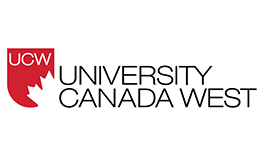
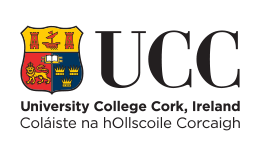





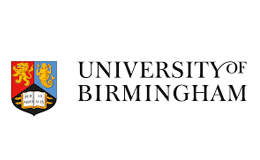
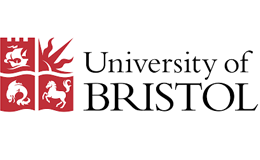
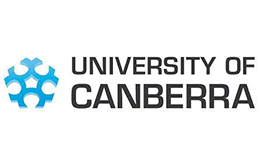
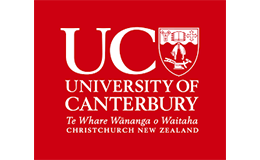
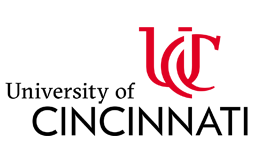

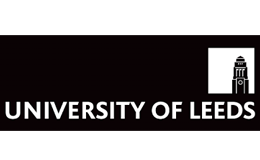
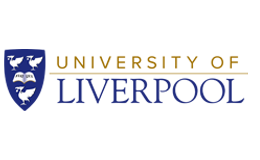

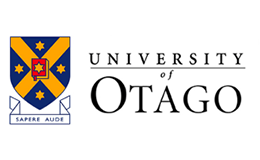




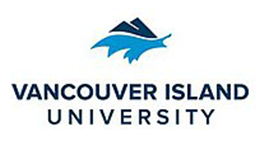
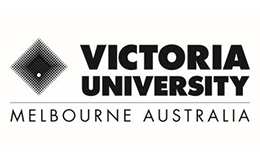




.png)
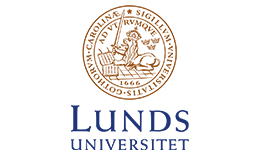
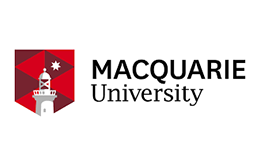


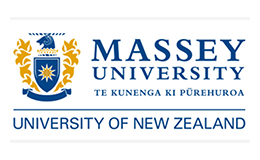
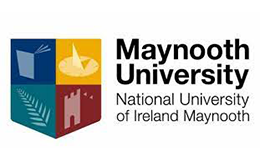

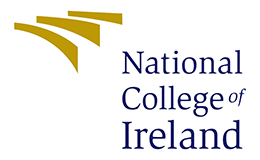

.png)



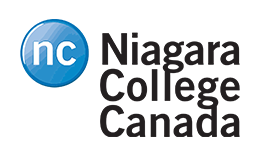
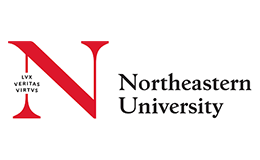









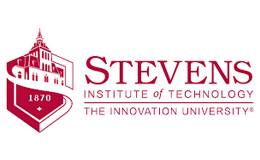


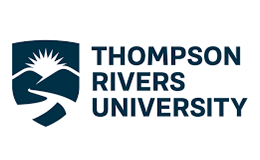



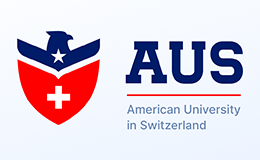
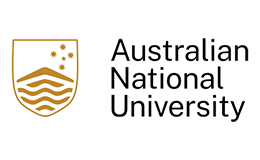

.png)






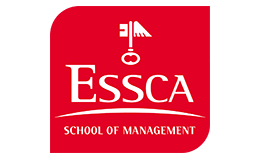



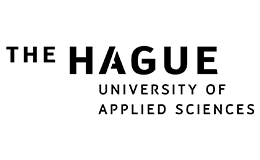




.png)

